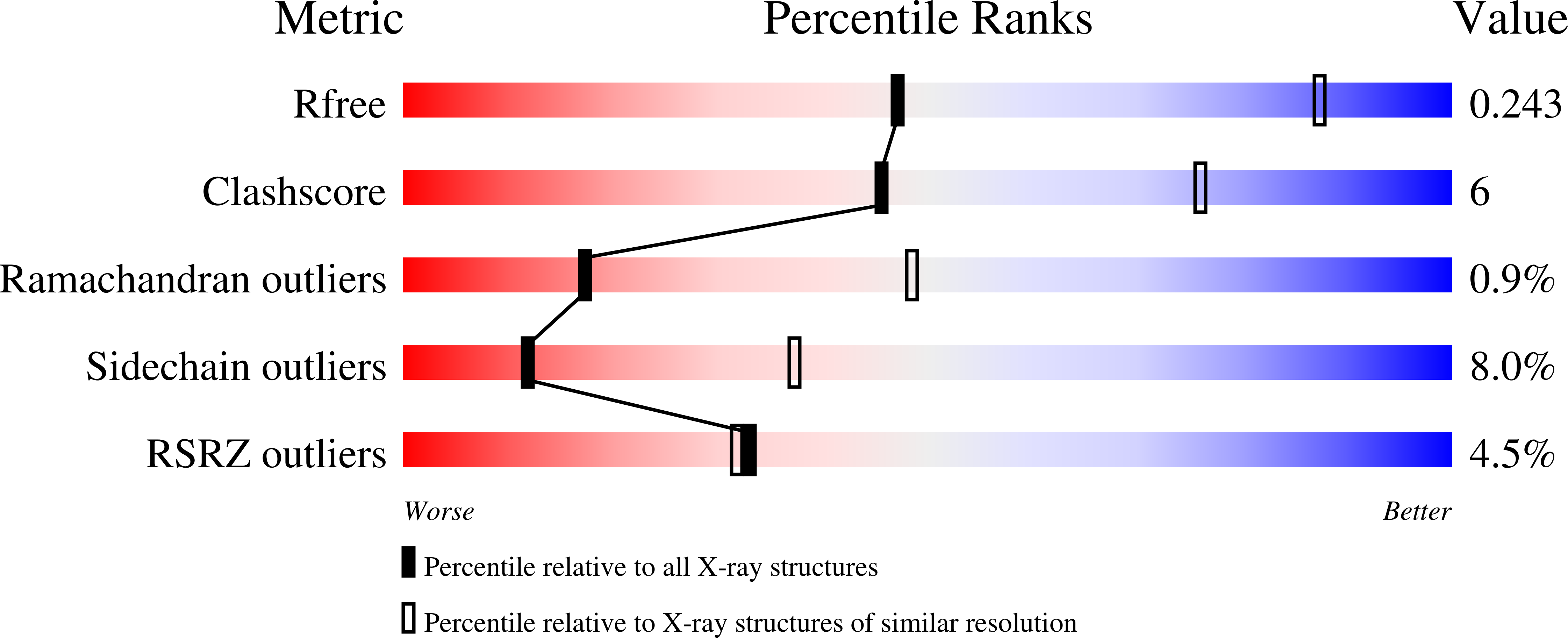
Deposition Date
2018-11-25
Release Date
2020-06-17
Last Version Date
2024-10-16
Method Details:
Experimental Method:
Resolution:
3.30 Å
R-Value Free:
0.23
R-Value Work:
0.20
R-Value Observed:
0.20
Space Group:
P 41 21 2


